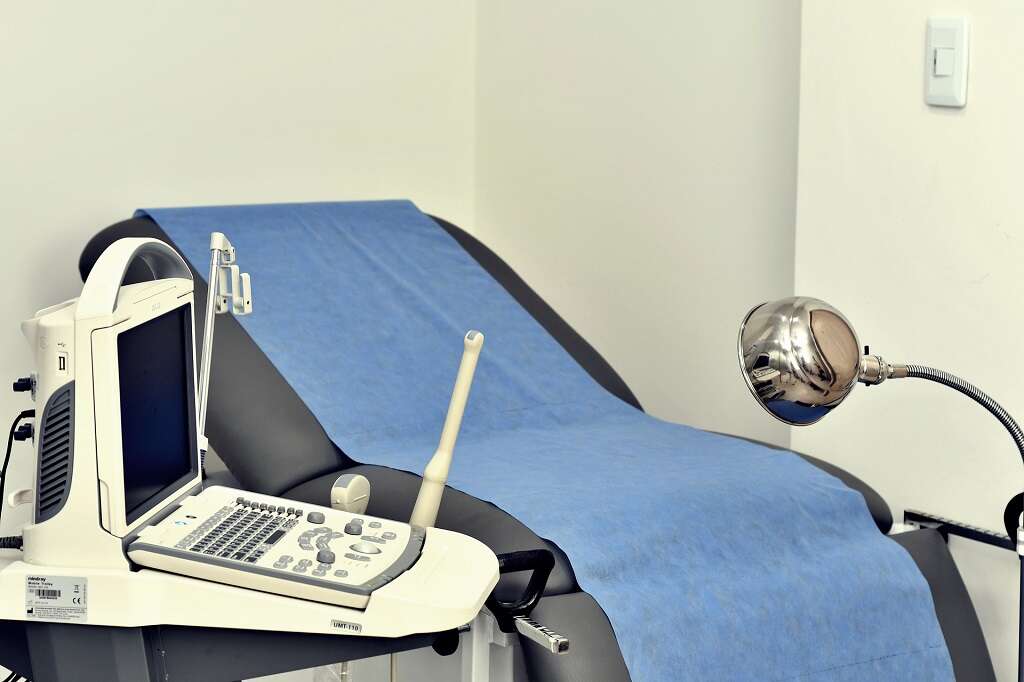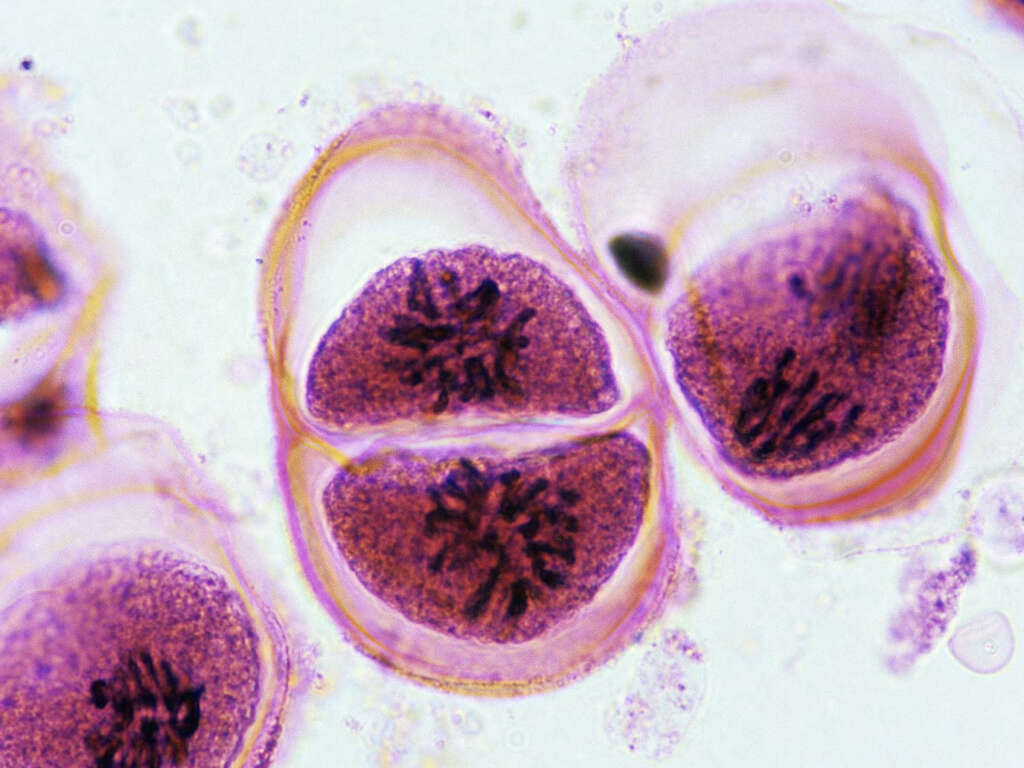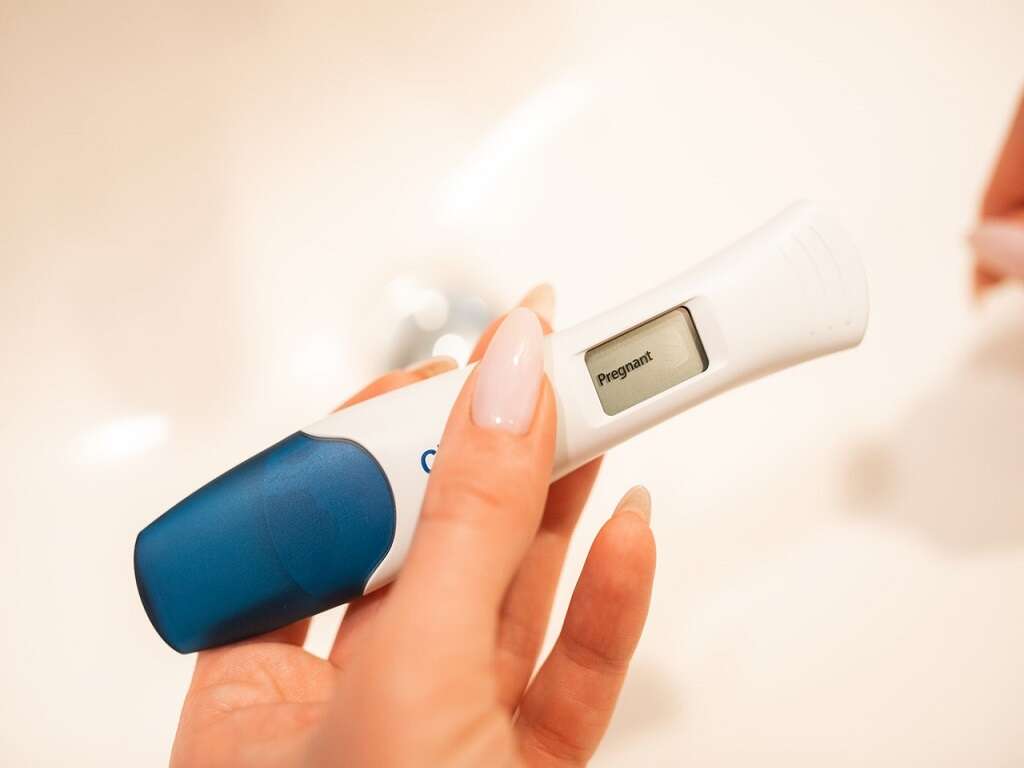10 Signs of Preterm Labor
 Article Sources
Article Sources
- 1. 'Preterm Labor and Birth.' American College of Obstetricians and Gynecologists, June 2020, www.acog.org/womens-health/faqs/preterm-labor-and-birth
- 2. 'Preterm Labor.' Mayo Clinic, 24 Dec. 2019, [www.mayoclinic.org/diseases-conditions/preterm-labor/symptoms-causes/syc-20376842.](https://www.mayoclinic.org/diseases-conditions/preterm-labor/symptoms-causes/syc-20376842.)
- 3. 'Water Breaking: Understand This Sign of Labor.' Mayo Clinic, 16 July 2019, www.mayoclinic.org/healthy-lifestyle/labor-and-delivery/in-depth/water-breaking/art-20044142
Pregnancy is an equally wonderful and scary experience because of the physical, mental and emotional changes that accompany the growth of a tiny human. When something happens outside of the bounds of normal, such as preterm labor, the scary part is heightened.
Preterm labor is characterized as labor that starts after 20 weeks and before 37 weeks of pregnancy.1‘Preterm Labor and Birth.’ American College of Obstetricians and Gynecologists, June 2020, www.acog.org/womens-health/faqs/preterm-labor-and-birth The ideal length of a pregnancy is 40 weeks.1‘Preterm Labor and Birth.’ American College of Obstetricians and Gynecologists, June 2020, www.acog.org/womens-health/faqs/preterm-labor-and-birth While preterm labor does not automatically mean premature birth, it requires medical intervention.1‘Preterm Labor and Birth.’ American College of Obstetricians and Gynecologists, June 2020, www.acog.org/womens-health/faqs/preterm-labor-and-birth As such, it helps to know the signs of preterm labor and when to seek help.

Cramping
Some cramping is normal during pregnancy, especially in the latter stages as the body readies itself for labor. For example, Braxton-Hicks contractions prepare the body for labor, but they come and go, being described as mild menstrual cramps. Persistent cramping that gets increasingly more uncomfortable may be a sign of preterm labor.1‘Preterm Labor and Birth.’ American College of Obstetricians and Gynecologists, June 2020, www.acog.org/womens-health/faqs/preterm-labor-and-birth This cramping may or may not be accompanied by diarrhea.1‘Preterm Labor and Birth.’ American College of Obstetricians and Gynecologists, June 2020, www.acog.org/womens-health/faqs/preterm-labor-and-birth
Cramping may be a sign of contractions that are causing changes in the cervix.1‘Preterm Labor and Birth.’ American College of Obstetricians and Gynecologists, June 2020, www.acog.org/womens-health/faqs/preterm-labor-and-birth The body may be preparing for birth before it's time to do so, causing a thinning of the cervix and possibly even dilation.1‘Preterm Labor and Birth.’ American College of Obstetricians and Gynecologists, June 2020, www.acog.org/womens-health/faqs/preterm-labor-and-birth

Vaginal Discharge
Some vaginal discharge is normal throughout pregnancy. However, if the consistency or color of the discharge changes, it's important to alert the obstetrician. Watery discharge or the presence of mucus or blood may indicate preterm labor.1‘Preterm Labor and Birth.’ American College of Obstetricians and Gynecologists, June 2020, www.acog.org/womens-health/faqs/preterm-labor-and-birth
A noticeable increase in the amount of vaginal discharge should also be discussed.1‘Preterm Labor and Birth.’ American College of Obstetricians and Gynecologists, June 2020, www.acog.org/womens-health/faqs/preterm-labor-and-birth A doctor can determine whether the pregnancy is proceeding on the appropriate timeline or the baby is attempting to make an early appearance.

Lower Abdomen Pressure
Pregnancy is rife with physical discomfort, especially as the 40-week mark approaches and the baby shifts into a lower position. However, this discomfort generally isn't unbearable. Another possible sign of preterm labor is intense pressure in the lower abdomen.1‘Preterm Labor and Birth.’ American College of Obstetricians and Gynecologists, June 2020, www.acog.org/womens-health/faqs/preterm-labor-and-birth
If the baby is bearing down on the lower abdomen in a way that makes it hard to move or do anything, it's worth alerting the obstetrician, so they can rule out preterm labor.

Backache
Just about everything aches during the latter stages of pregnancy, but the telltale sign of preterm labor is persistence. A persistent, nonstop, dull ache in the back may be an indicator of preterm labor.1‘Preterm Labor and Birth.’ American College of Obstetricians and Gynecologists, June 2020, www.acog.org/womens-health/faqs/preterm-labor-and-birth
This symptom is sometimes attributed to the physical rigors of pregnancy, but if the backache persists in every position and despite all easy home remedies, it may be time to see an obstetrician to rule out preterm labor.

Preterm Prelabor Rupture of Membranes
Preterm prelabor rupture of membranes, or preterm PROM, is commonly referenced as water breaking before week 37. This means the fluid in the amniotic sac has ruptured, causing it to leak out.3‘Water Breaking: Understand This Sign of Labor.’ Mayo Clinic, 16 July 2019, www.mayoclinic.org/healthy-lifestyle/labor-and-delivery/in-depth/water-breaking/art-20044142
Generally, if this happens between 24 and 34 weeks, the obstetrician may try to delay further progression of labor to give the baby more time to develop.3‘Water Breaking: Understand This Sign of Labor.’ Mayo Clinic, 16 July 2019, www.mayoclinic.org/healthy-lifestyle/labor-and-delivery/in-depth/water-breaking/art-20044142 At 34 weeks and thereafter, delivery may be recommended to avoid the possibility of complications.3‘Water Breaking: Understand This Sign of Labor.’ Mayo Clinic, 16 July 2019, www.mayoclinic.org/healthy-lifestyle/labor-and-delivery/in-depth/water-breaking/art-20044142

Spotting or Bleeding
Spotting is normal during pregnancy and is light and intermittent, especially in the first trimester. However, increased spotting, changes in the color of blood or a significant amount of vaginal bleeding may be cause for concern.2‘Preterm Labor.’ Mayo Clinic, 24 Dec. 2019, www.mayoclinic.org/diseases-conditions/preterm-labor/symptoms-causes/syc-20376842.
Vaginal bleeding during the second or third trimester is a risk factor for preterm PROM, which may cause preterm labor.3‘Water Breaking: Understand This Sign of Labor.’ Mayo Clinic, 16 July 2019, www.mayoclinic.org/healthy-lifestyle/labor-and-delivery/in-depth/water-breaking/art-20044142 It's best to see a provider as soon as the bleeding begins.

Cervical Dilation
Cervical Dilation is a sign of preterm labor that can only be diagnosed via pelvic exam. Typically, the cervix begins to open between 37 and 40 weeks to prepare for the impending birth. A sign of preterm labor is when this process begins between 20 and 37 weeks of pregnancy.2‘Preterm Labor.’ Mayo Clinic, 24 Dec. 2019, www.mayoclinic.org/diseases-conditions/preterm-labor/symptoms-causes/syc-20376842.
If the obstetrician notes this dilation process occurring too early, they may prescribe a medication and bed rest to stop labor from progressing.

Can Preterm Labor Stop Without Intervention?
Sometimes, preterm labor can stop without further intervention.1‘Preterm Labor and Birth.’ American College of Obstetricians and Gynecologists, June 2020, www.acog.org/womens-health/faqs/preterm-labor-and-birth However, it's always best to see the obstetrician as soon as the signs of preterm labor appear just to be certain that medical intervention is not necessary.
In some cases, there are various options that may help stop preterm labor. However, once the process begins, there may be no turning back in some cases. This is why seeking medical attention is so important.

Risk Factors for Preterm Labor
Risk factors that may indicate the possibility of preterm labor include premature birth in any past pregnancies, a short time between pregnancies, existing pregnancy complications and a shortened cervix early in pregnancy.1‘Preterm Labor and Birth.’ American College of Obstetricians and Gynecologists, June 2020, www.acog.org/womens-health/faqs/preterm-labor-and-birth
Medical comorbidities, such as other chronic health conditions or infections, may contribute to risk factors for preterm labor.1‘Preterm Labor and Birth.’ American College of Obstetricians and Gynecologists, June 2020, www.acog.org/womens-health/faqs/preterm-labor-and-birth Stressful life events, smoking and using illicit substances are risk factors that may contribute to the onset of preterm labor.2‘Preterm Labor.’ Mayo Clinic, 24 Dec. 2019, www.mayoclinic.org/diseases-conditions/preterm-labor/symptoms-causes/syc-20376842.

Managing Preterm Labor
Obstetricians may manage preterm labor in different ways, depending on the cause and the health of both the pregnant mother and the baby. This may include the use of medications to strengthen the baby's internal organs and provide more time for development.1‘Preterm Labor and Birth.’ American College of Obstetricians and Gynecologists, June 2020, www.acog.org/womens-health/faqs/preterm-labor-and-birth
If labor has significantly progressed, providers may prepare for a premature birth.2‘Preterm Labor.’ Mayo Clinic, 24 Dec. 2019, www.mayoclinic.org/diseases-conditions/preterm-labor/symptoms-causes/syc-20376842. Sometimes, depending on the reason preterm labor began in the first place, this may be the best option.











